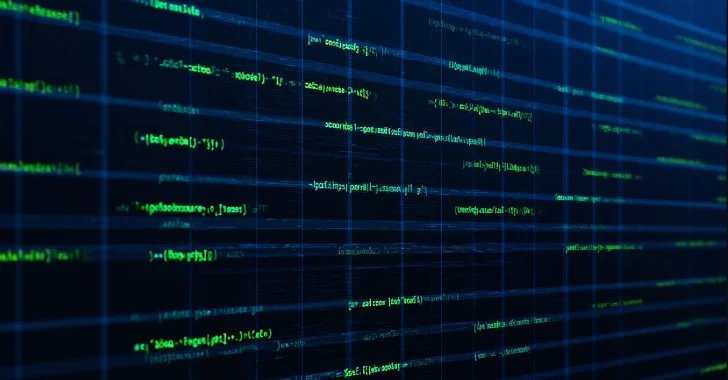Quick Takeaways
-
Cyber Espionage Campaign: Between July 2024 and March 2025, over 70 organizations—including a South Asian government and a European media entity—were targeted in a series of cyber intrusions linked to Chinese threat actors, particularly the PurpleHaze cluster.
-
Intrusion Timeline: The attacks include multiple activity clusters indicating a sophisticated operation: starting with a government entity in June 2024, followed by a global targeting initiative, and specific attacks on SentinelOne’s IT logistics company and a media organization.
-
Malicious Tools and Methods: State-sponsored actors employed advanced tools, including ShadowPad and GoReShell, often utilizing vulnerabilities like CVE-2024-8963 and CVE-2024-8190 to gain unauthorized access and map network infrastructures.
- Operational Infrastructure: The attacks were attributed to a China-nexus group believed to operate under a broader cyber espionage agenda, utilizing an operational relay box (ORB) network from China, with connections to known initial access brokers.
Underlying Problem
In a significant cybersecurity breach reported by SentinelOne’s researchers, Aleksandar Milenkoski and Tom Hegel, a series of reconnaissance activities aimed at the American cybersecurity firm and other organizations unfolded between July 2024 and March 2025. The targeted victims included a diverse range of entities across various sectors—such as a South Asian government, a European media organization, and over 70 companies in manufacturing, finance, telecommunications, and IT services. This complex web of intrusions appears to be orchestrated by Chinese-affiliated threat actors, grouped under a network called PurpleHaze, with potential connections to notorious cyber espionage factions like APT15 and UNC5174.
The breach’s implications are far-reaching, with activities tracing back to an initial attack on a South Asian government entity in June 2024, which subsequently enabled the deployment of sophisticated malware, including ShadowPad and GoReShell. SentinelOne indicates that the attackers’ reconnaissance efforts were meticulously planned, potentially laying the groundwork for future, more aggressive exploits. The report underscores a growing concern for cybersecurity professionals as these types of attacks increasingly target not just corporate infrastructure but also the foundational services those corporations rely on, thereby blurring the lines between espionage and cyber warfare.
Security Implications
The ongoing cyber incursions linked to the PurpleHaze threat cluster, targeting entities across diverse sectors, pose a substantial risk to other businesses and organizations due to the potential for collateral damage and cascading vulnerabilities. As these sophisticated attackers exploit interconnected networks, any breach—whether in government, finance, manufacturing, or media—can create a ripple effect, facilitating unauthorized access to sensitive data and undermining trust among partners and clients alike. Moreover, the resultant supply chain disruptions can severely impact operational continuity, exposing organizations to significant financial losses and reputational harm. In essence, the ramifications extend beyond individual victims, threatening the stability of entire industries as cyber adversaries continue to capitalize on systemic weaknesses in cybersecurity defenses.
Fix & Mitigation
The swift and decisive rectification of vulnerabilities is paramount in the face of coordinated cyber threats, particularly those emanating from sophisticated actors such as the China-linked cyber espionage group targeting over 70 organizations across various sectors.
Mitigation Steps
- Enhanced Monitoring: Implement advanced threat detection systems to monitor network anomalies.
- Regular Updates: Maintain current software and hardware configurations through frequent updates and patches.
- Access Controls: Strengthen access management protocols to limit exposure and ensure the principle of least privilege.
- Employee Training: Conduct comprehensive cybersecurity training and awareness programs for all staff members.
- Incident Response Plan: Establish a robust incident response plan to quickly mitigate breaches when they occur.
- Collaboration: Foster information sharing among affected organizations and government entities to disseminate best practices and intelligence.
- Vulnerability Assessments: Conduct periodic vulnerability assessments and penetration testing to identify and rectify system weaknesses.
NIST CSF Guidance
The NIST Cybersecurity Framework emphasizes the dynamic and iterative process of identifying, protecting, detecting, responding, and recovering from cyber threats. For detailed protocols and guidance on managing such threats, refer specifically to NIST Special Publication 800-53, which outlines comprehensive security controls that organizations should employ.
Explore More Security Insights
Explore career growth and education via Careers & Learning, or dive into Compliance essentials.
Understand foundational security frameworks via NIST CSF on Wikipedia.
Disclaimer: The information provided may not always be accurate or up to date. Please do your own research, as the cybersecurity landscape evolves rapidly. Intended for secondary references purposes only.
Cyberattacks-V1

